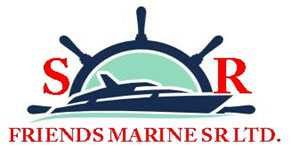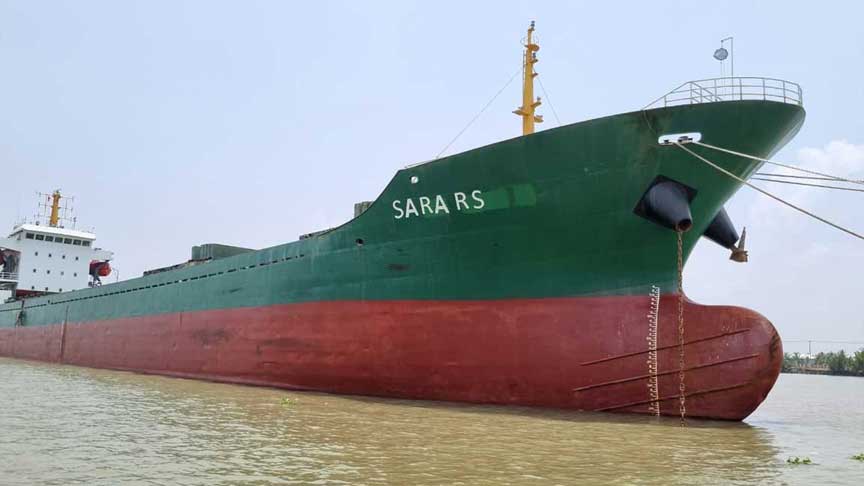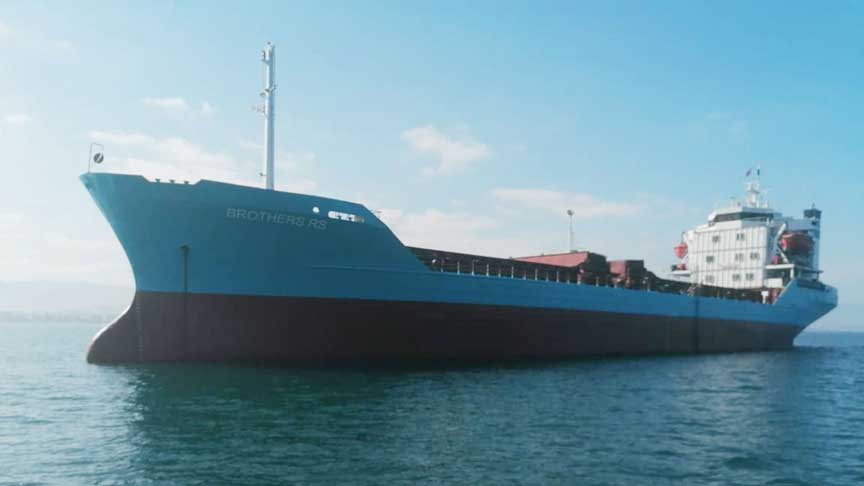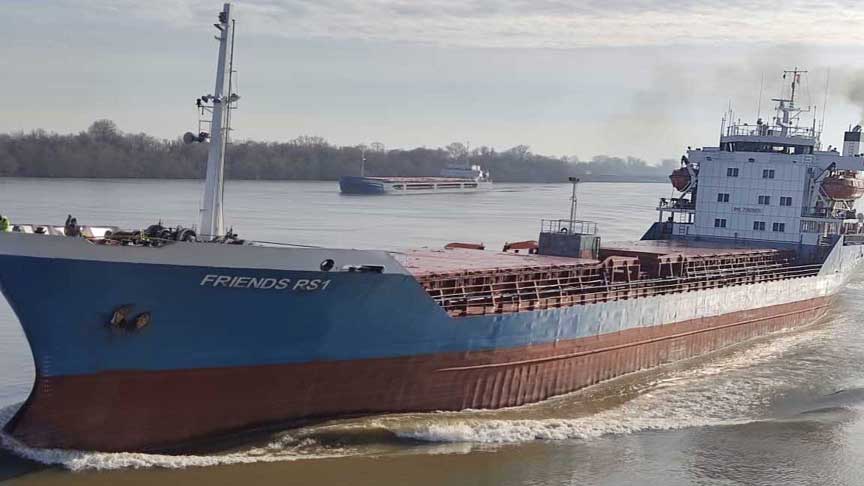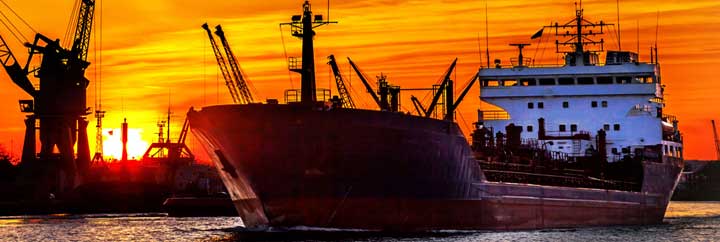
Essential Ship Particulars & commonly used terms
Registration and tonnage = ship’s nationality and country of registration based on the flag to fly and the tonnage
– Gross Registered Tonnage (GRT) = ship’s total cubic capacity in terms of 100 cubic feet per ton
– Net Registered Tonnage (NRT) = measured by subtracting the space occupied by machinery and crew space from GRT
– Grain Capacity = the total capacity of the ship’s cargo spaces and include hatchways, and the
opening of the ship’s deck for lowering cargo
– Bale Capacity = the total amount of underdeck capacity available for packed cargo
– Dead Weight Tonnage(DWT) =represents the vessel’s carrying capacity expressed in weight ton.
The cargo carrying capacity would be the DWT minus the space occupied by bunkers, stores, water, and provisions
– Loadline = marks on the vessel to indicate the limit up to which the vessel can be loaded without endangering its safety.
– Length Overall (LOA) = the greatest length of the ship, from fore to aft. This length is important when docking the vessel.
– Beam = the greatest breadth of the ship, from port to starboard
– Draught = the distance from the bottom of the keel to the waterline
– Freeboard = the distance from the waterline to the top of the deck plating at the side of the deck amidships.
– Displacement = the weight of the ship and all that it contains – cargo, fuel, water, stores, crew
and effects. A ship can have different displacements at different draughts.
– Lightweight = The weight of a ship when empty of stores, fuel, water, crew or their affects.
